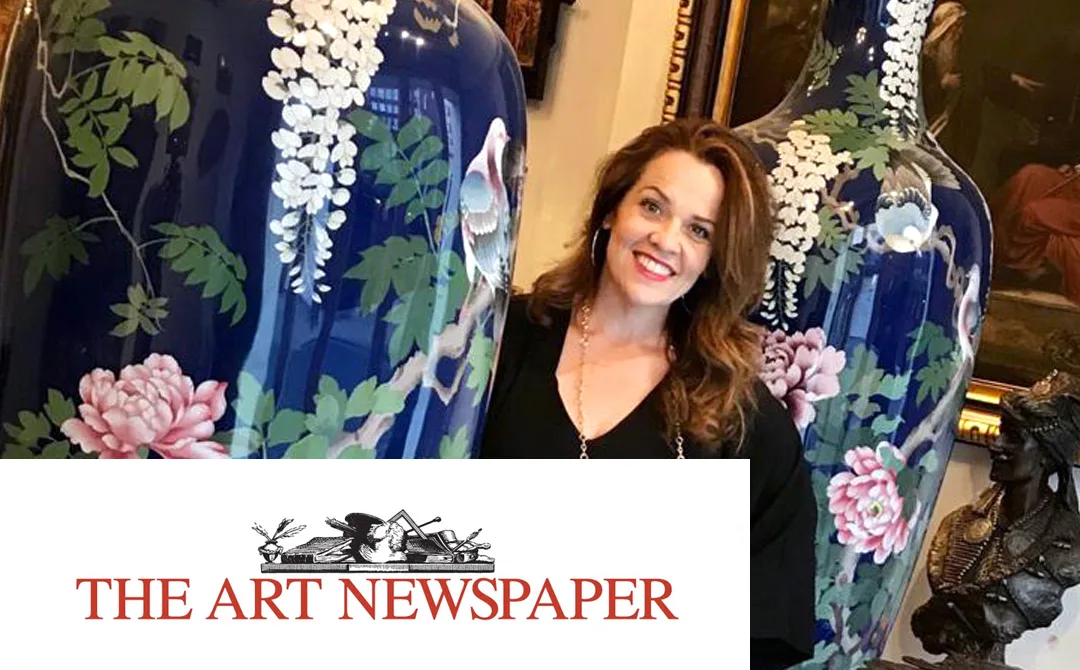Published in The Art Newspaper
Following the Art Basel/UBS report’s emphasis on online sales, NFTs and the influence of technology, I would like to make a plea for more women entrepreneurs to help shape the future of tech as it applies to the international art and antiques market.
Having created the Trade Only Design Library (TODL), the world’s largest online platform exclusively for interior designers, architects, and manufacturers, over 20 years ago, during the past five years I have brought together a team of wide-ranging talents at Ronati to overcome the online to online gap for the art and antiques market, specifically focused on helping dealers help themselves.
Having immersed ourselves in the art and antiques market, we have been able to identify numerous opportunities to bridge the gap between online and offline sales, enabling dealers to connect with potential buyers more efficiently through trade fairs, online marketplaces, on and offline auctions, and their own websites.

Here are a few questions we have asked ourselves in this process:
• How do we help dealers reclaim time spent on managing technology so that they can get back to dealing?
• What can fair organisers do to generate income beyond the confines of their fair dates?
• What does the buyer want and how can we leverage technology to ensure they can get it quicker and more easily?
In most cases, the accepted way of doing business within the art market has developed over time and has resulted in replicating long-standing online business processes online. Much of what has emerged has been excellent.
Women already play major roles within the art market; they are well represented in senior posts in areas such as fair organising and running trade associations.
However, without their serious input into the way technology addresses these markets, everyone risks being restricted to a narrower set of options when it comes to developing opportunity.
As a woman technology entrepreneur, I’ve noticed time and again the differences between how men and women can often view business from different angles, experience and education.
The Relationship Institute identifies generalised differences between men and women that include values, approach and problem-solving. The institute identifies that, in general, men are seen as more logical, analytical and rational than women. However, they are also less likely to ask for information because they can see it as a sign of failure.
At the same time, women are seen as generally more intuitive, holistic, creative and integrative. Apply the combination of strengths to technology development and it is easy to see where almost unlimited opportunities lie. We need both Yin and Yang for harmony and truly successful outcomes.
Supporting women in leading roles in technology will bring expansive and new technological ideas that will help our industry flourish both on and offline. We’ve seen women’s impact on multiple other industries, including Sheryl Sandberg of Facebook, Meg Whitman of eBay and Hewlett Packard, Judy Faulkner of Epic Systems and many others.
My greatest inspiration comes from working with all constituents for the good of the entire industry. When we create balance, everyone wins.

Stacey Tiveron
Founder and Chief Executive
Ronati, Tampa Bay, Florida
This is an excerpt from a print piece published in The Art Newspaper.
For press inquiries please contact press@ronati.com




